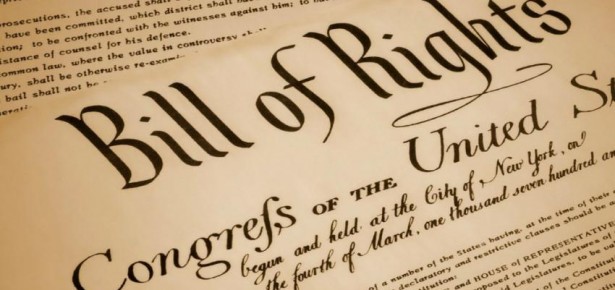
U.S. gun deaths hit a twenty year high in 2017, according to the American Centers for Disease Control (CDC). Last year, nearly 40,000 deaths resulted from firearms, most of them suicides. The rate of gun deaths now exceeds that of automobile fatalities, which, unlike gun deaths, has been steadily declining.
Despite the stark numbers, discussion of guns and gun policy in America tends to be predictable and paralyzing, and constitutional rhetoric shares some of the blame. Some opponents of gun safety measures claim very little that can be done, believing the Second Amendment to the United States Constitution stands as an insuperable barrier. Some supporters of gun safety measures also cite the Second Amendment, often with despair, and some even conclude that our society would be better off if the Second Amendment were repealed.
The political conversation is unhealthy, and the Second Amendment’s invocation in these debates is frequently ill-informed, hyperbolic and corrosive. There are lots of epithets but not a lot of understanding. There’s lots of shouting but not a lot of listening. Too often the Second Amendment is used as a shibboleth, a way of separating “us” from “them.” As a case in point, the National Rifle Association, America’s largest gun rights organization, recently told the American College of Physicians to “stay in their lane” when the latter proposed to treat gun violence as a public health issue.
It wasn’t always this way, and it doesn’t have to continue to be this way. The Second Amendment, properly understood, can actually help to facilitate gun policy discussion, rather than shut it down. Our book, The Positive Second Amendment: Rights, Regulation, and the Future of Heller aims to show how. In it, we provide a positive account of the Second Amendment – one that can cut through the talking points and bombast and help make gun policy discussions constructive, constitutionally grounded, and tractable.
The Supreme Court’s opinion in District of Columbia v. Heller (2008) made clear that the right to keep and bear arms is a constitutional right. It also made clear that, like all constitutional rights, it is not absolute. Gun rights and regulation coexist, as they always have, and there are legal rules for sorting out how and when. Having brought the right to keep and bear arms out of the realm of politics or natural law and into positive law, the Court has offered a way past the shouting. Call this the “constitutional alternative.”
The Positive Second Amendment does not try to resolve particular cases, nor to argue for a broader or narrower understanding of gun rights. Our point is that recognizing those rights as creatures of positive law, in the technical sense, demands an understanding of the rules of legal argument, which differs from the kind of rhetoric one often hears in the gun debate.
Constitutional law has a grammar; a set of rules about how arguments are constructed. Observing and respecting the grammar of the positive Second Amendment can help make the gun debate more constructive, and incidentally provide the kind of law most Americans consistently say they want – one that recognizes and respects rights, but also embraces a measure of common sense regulation. They know that gun rights and gun regulation can coexist and always have. And it is they, rather than the ideologues, who have the Constitution on their side.
Latest Comments
Have your say!